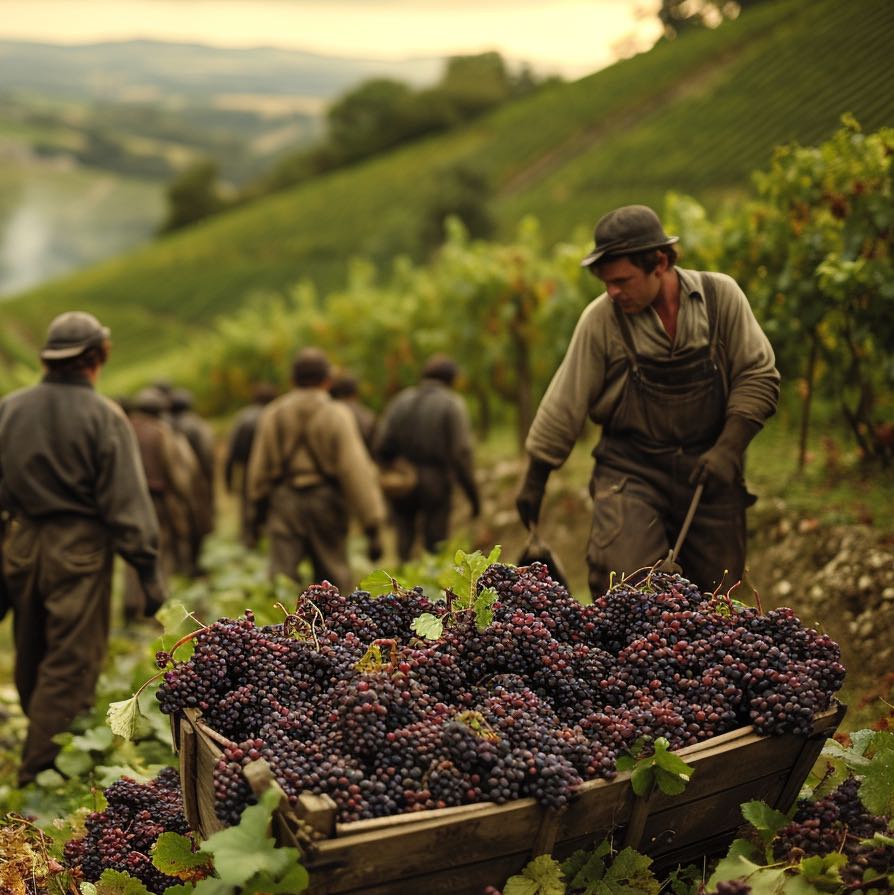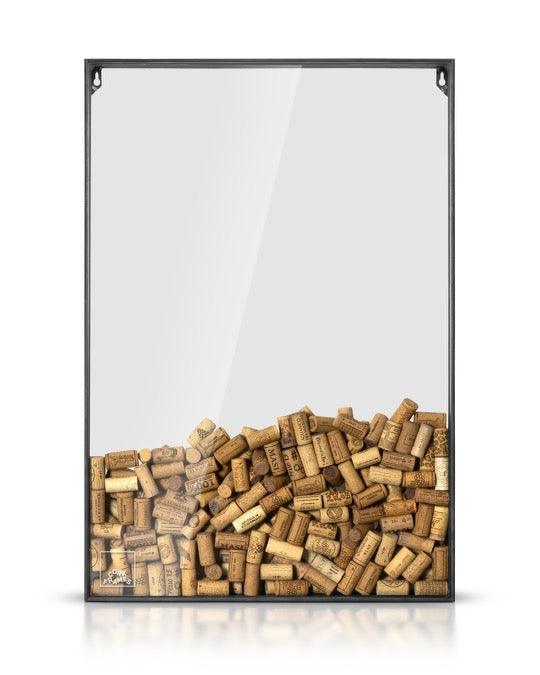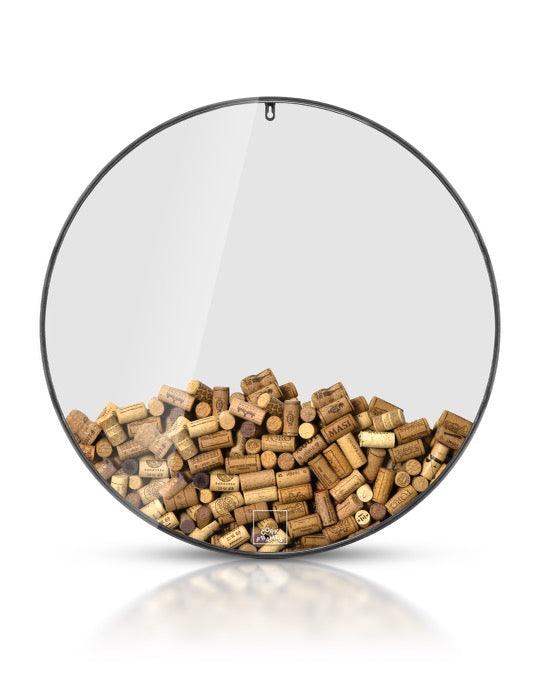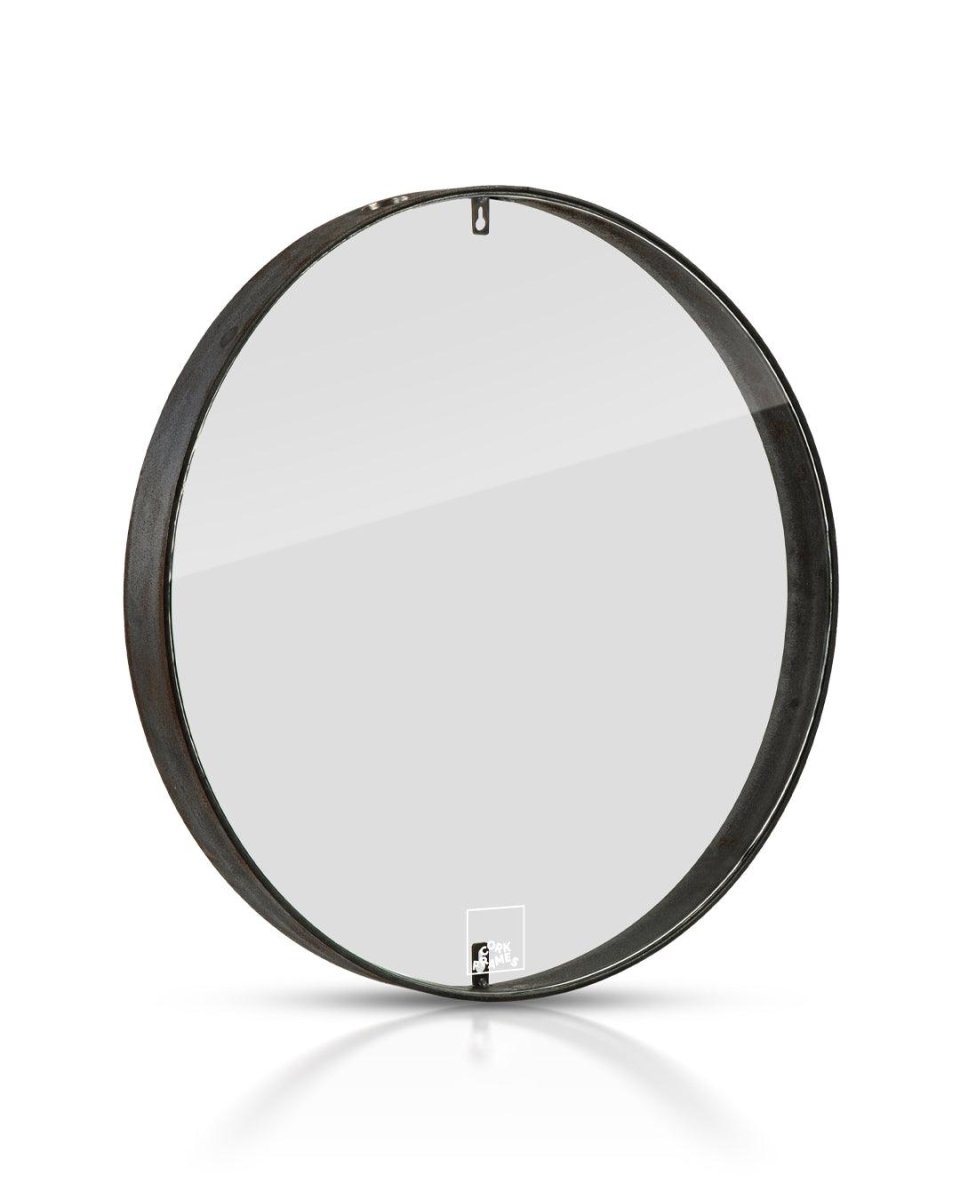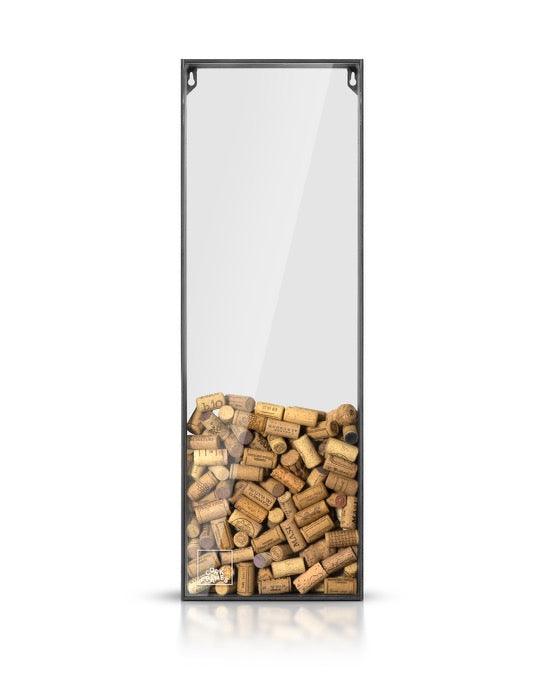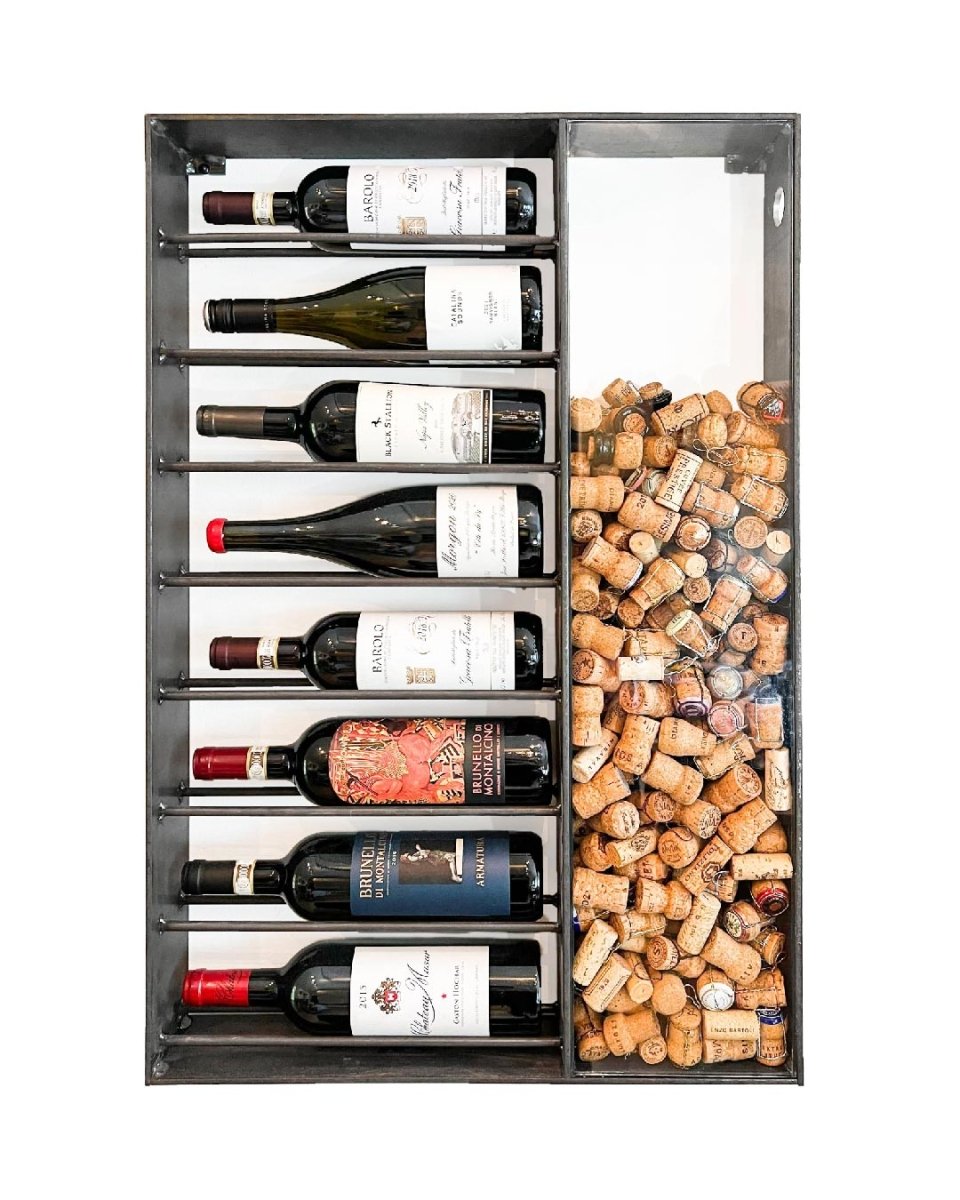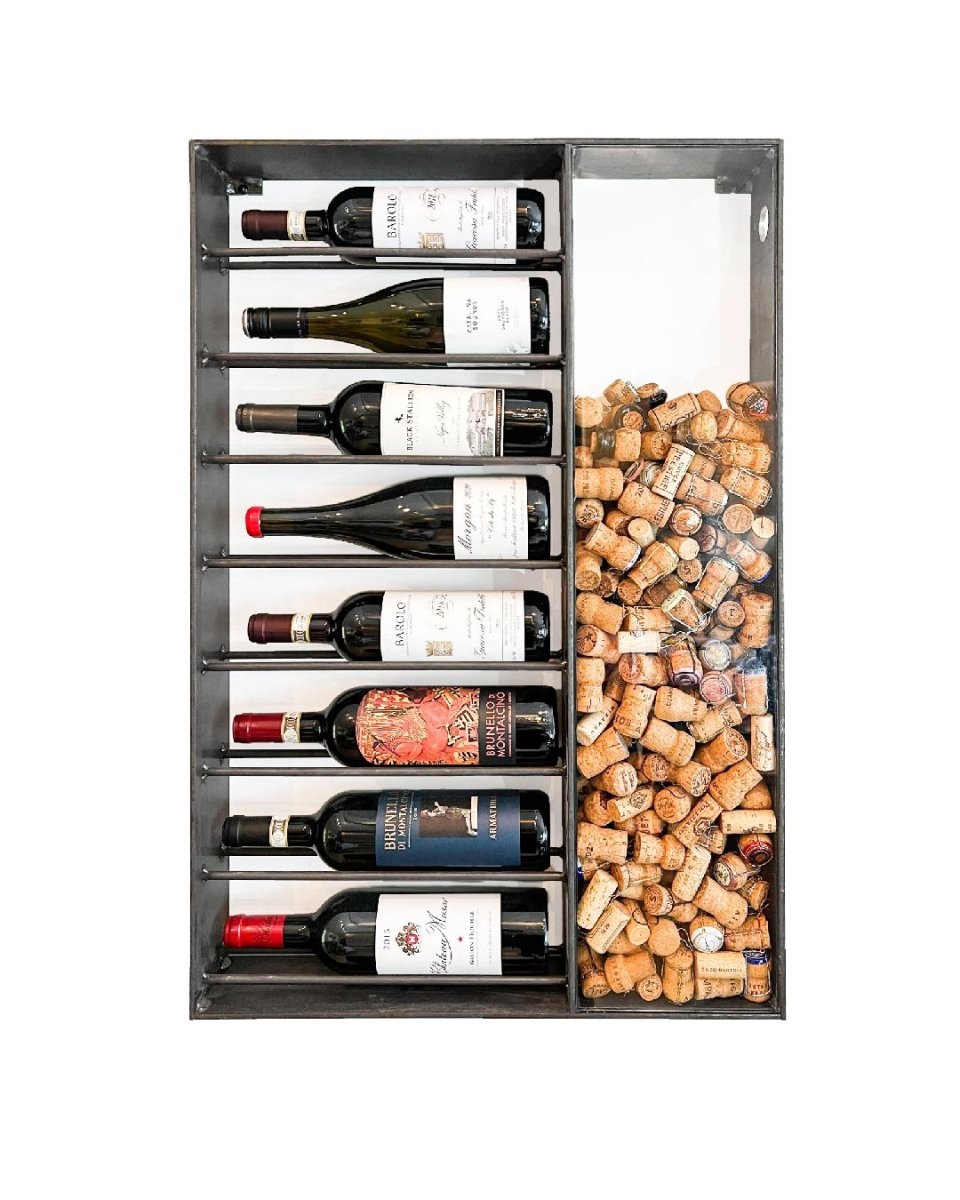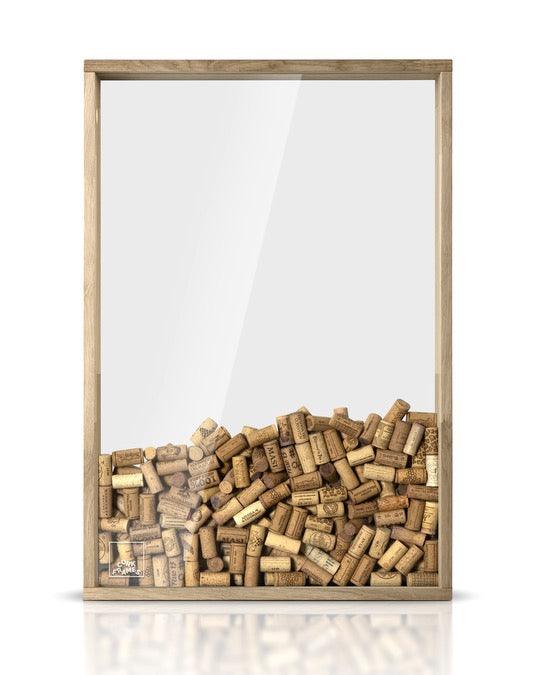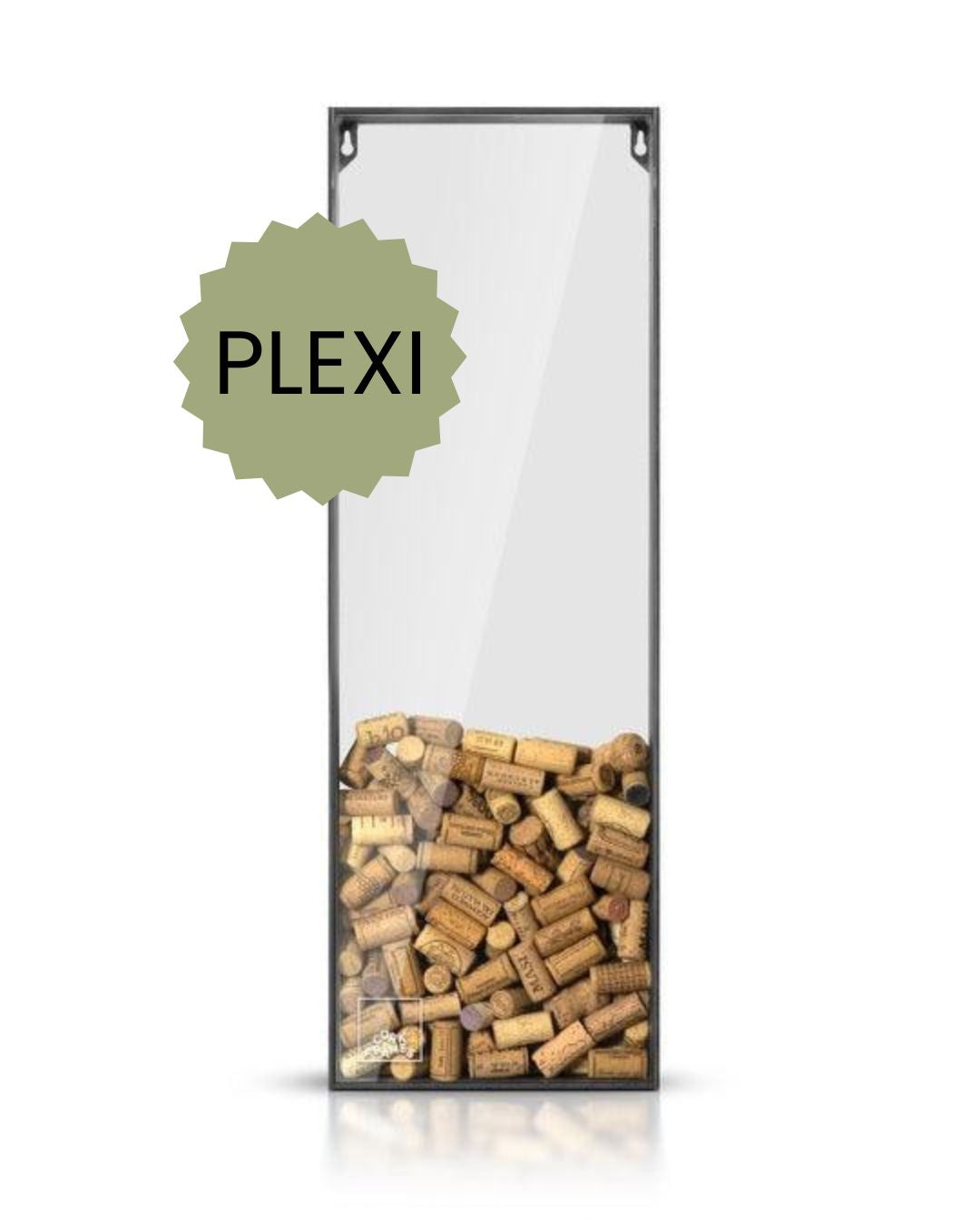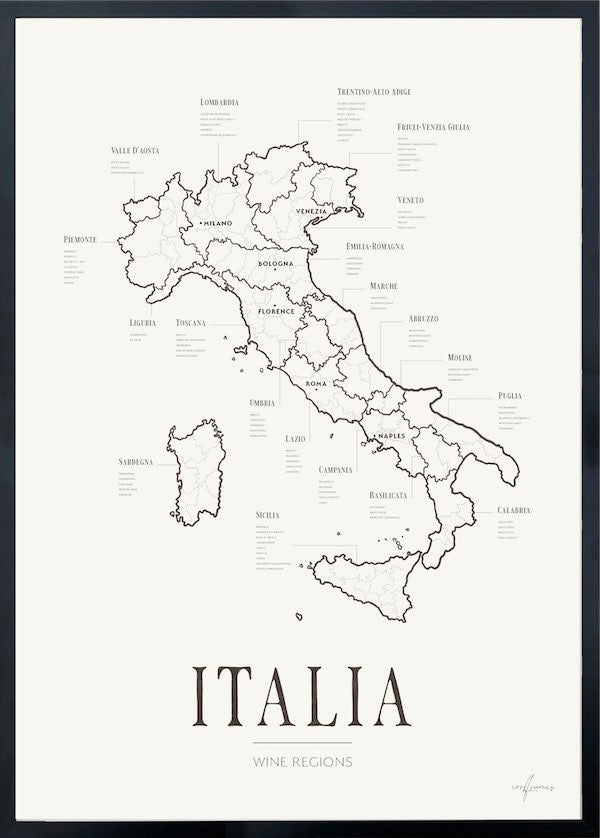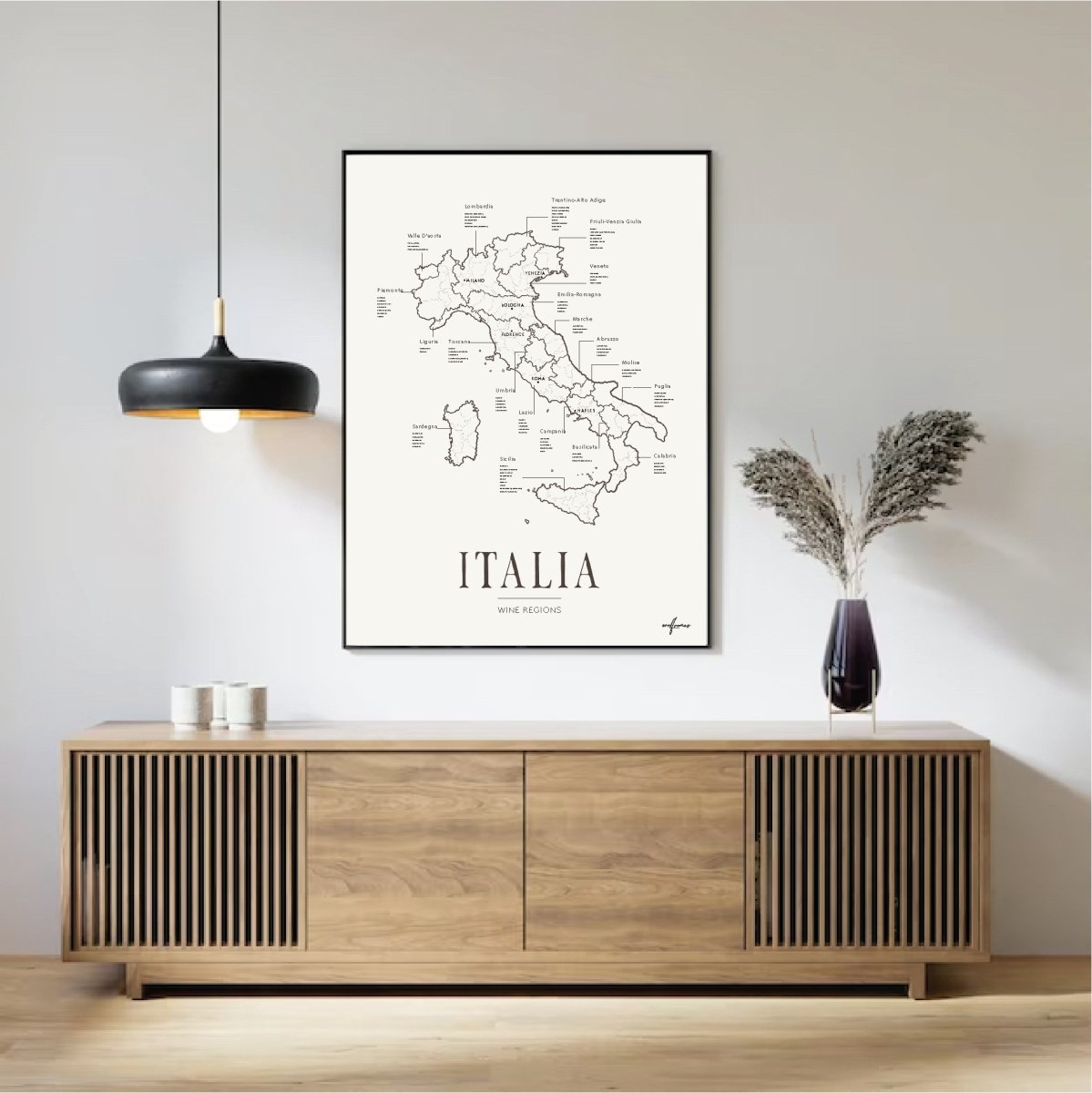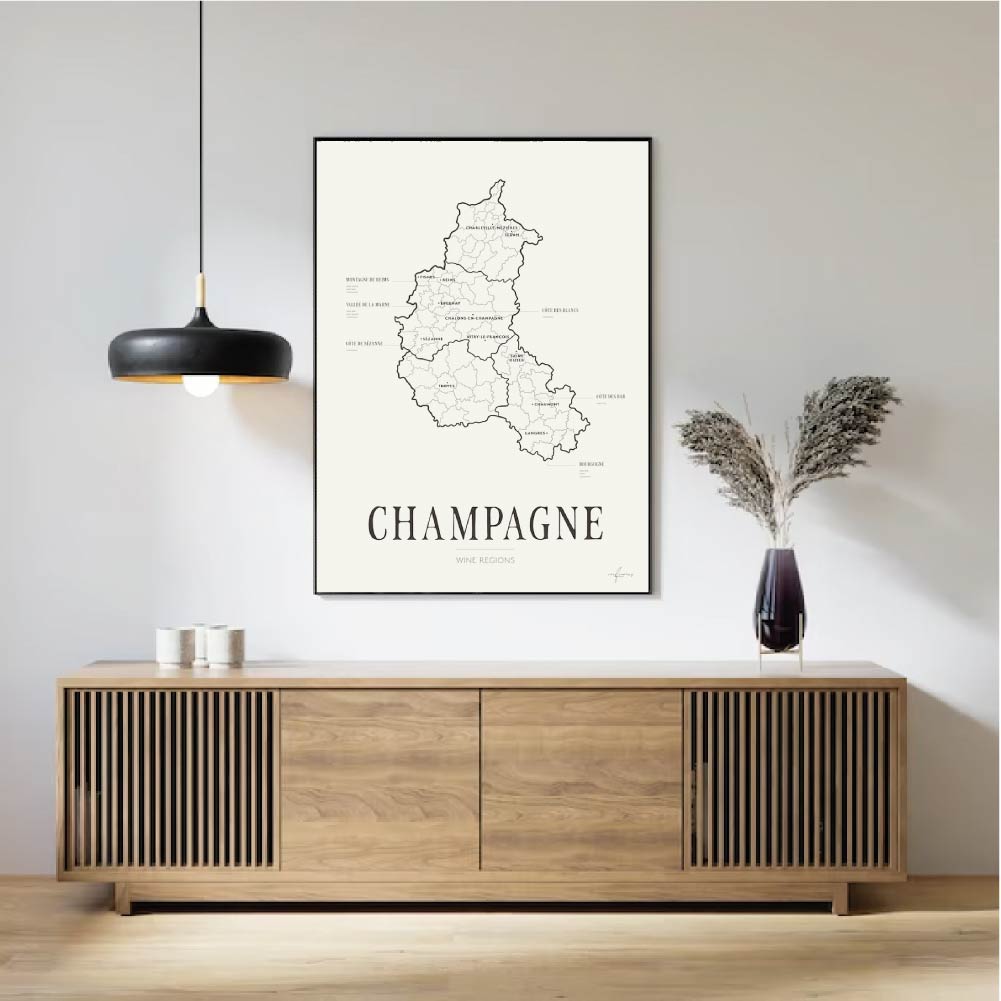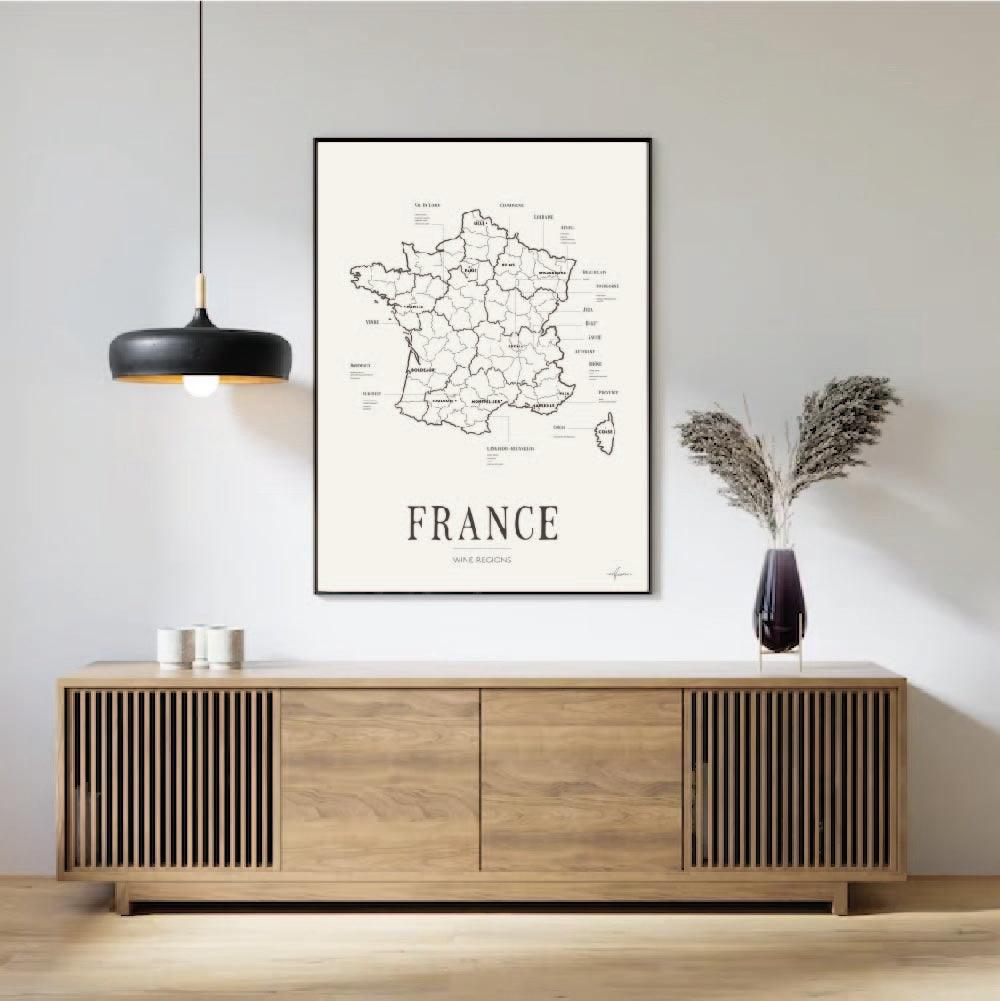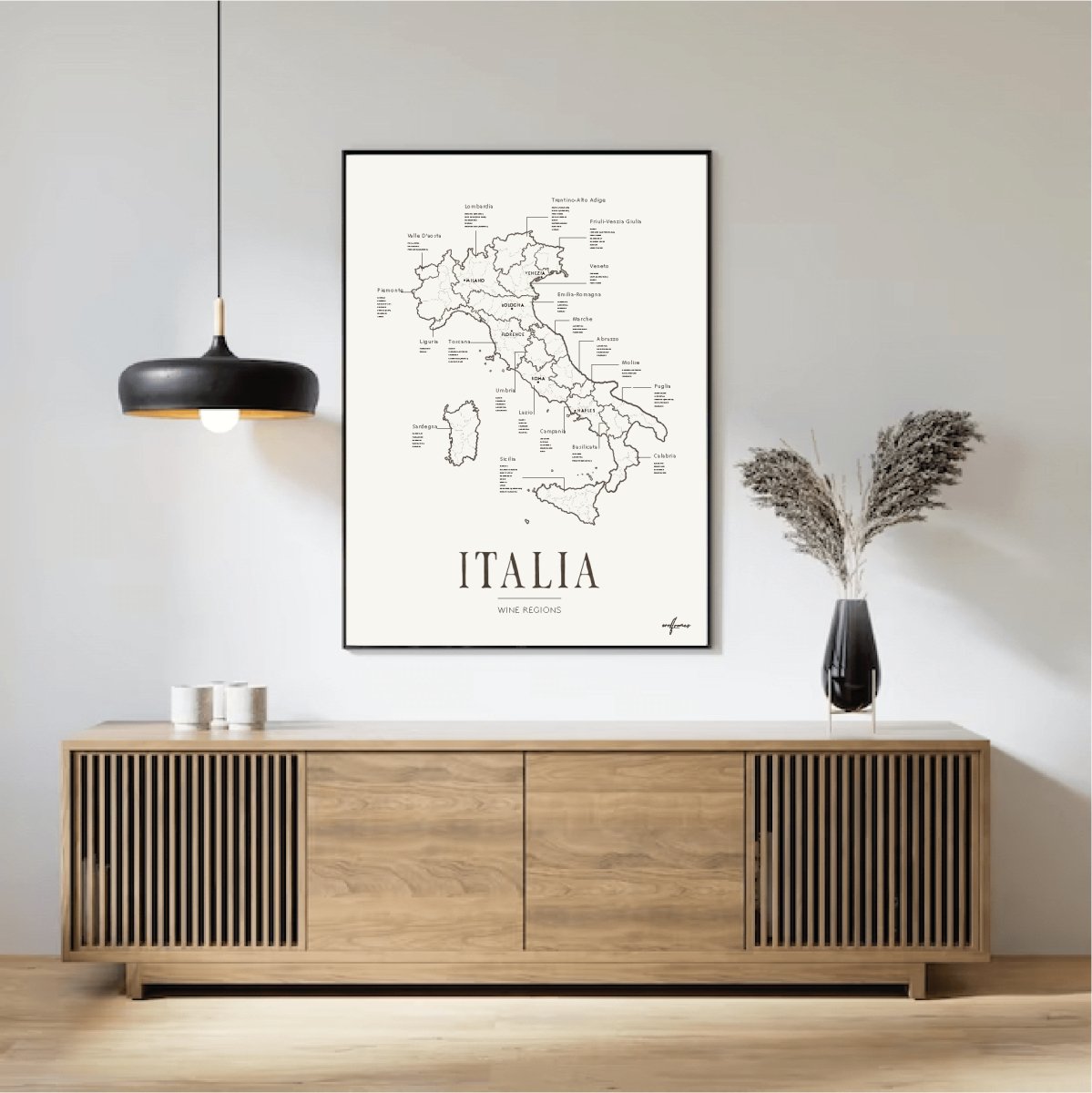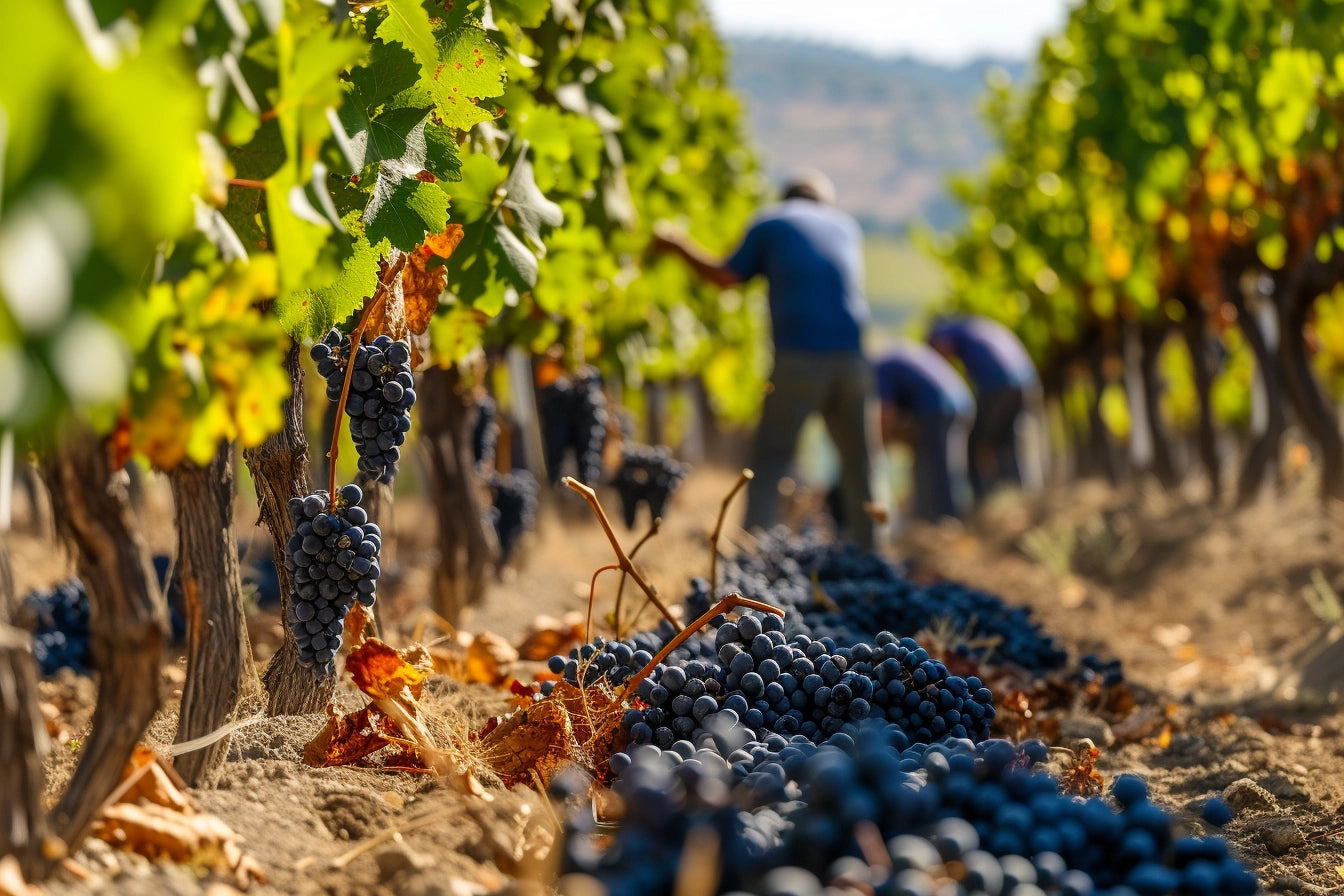The Champagne region, renowned globally for its sparkling wine, is divided into several important sub-regions, each with its own unique terroir influencing the character of the wines produced.
The primary grapes grown across these regions are Chardonnay, Pinot Noir, and Pinot Meunier, which are the cornerstone varieties used in the production of Champagne.
Here's an overview of the most notable sub-regions and the grapes cultivated in each.
1. Montagne de Reims
- This area is particularly known for its Pinot Noir, due to its favorable chalky soils and microclimate. The Pinot Noir from Montagne de Reims is prized for its structure and depth, contributing significantly to the body of Champagne blends.
2. Côte des Blancs
- True to its name, the Côte des Blancs specializes in Chardonnay, a grape that thrives in the chalky soils of this region. Champagnes from this area are often more refined, with a pronounced minerality and elegance, making Côte des Blancs renowned for its exquisite Blanc de Blancs (Champagnes made exclusively from Chardonnay).
3. Vallée de la Marne
- This region is best known for its Pinot Meunier, which is well-suited to the more variable conditions found here. Pinot Meunier adds fruitiness, freshness, and a certain roundness to Champagne, making it an essential component in many blends.
4. Côte des Bar (Aube)
- Located further south than the other regions, Côte des Bar is predominantly planted with Pinot Noir. The wines here can have a slightly different character due to the distinct terroir, often being fuller and more expressive of fruit.
5. The Aisne (including the area around the city of Reims) and the Marne (including the area around Épernay)
- While not sub-regions in the strict sense, these areas contain significant vineyards and are integral to Champagne production. They grow all three primary Champagne grapes, with variations in proportion and emphasis depending on the exact location.
Each of these regions contributes its unique qualities to the Champagnes produced, whether they be in the expression of single-varietal Champagnes or the complex blends that the region is famous for.
The interplay of the different grapes from these distinct terroirs is what gives Champagne its celebrated diversity and complexity.



